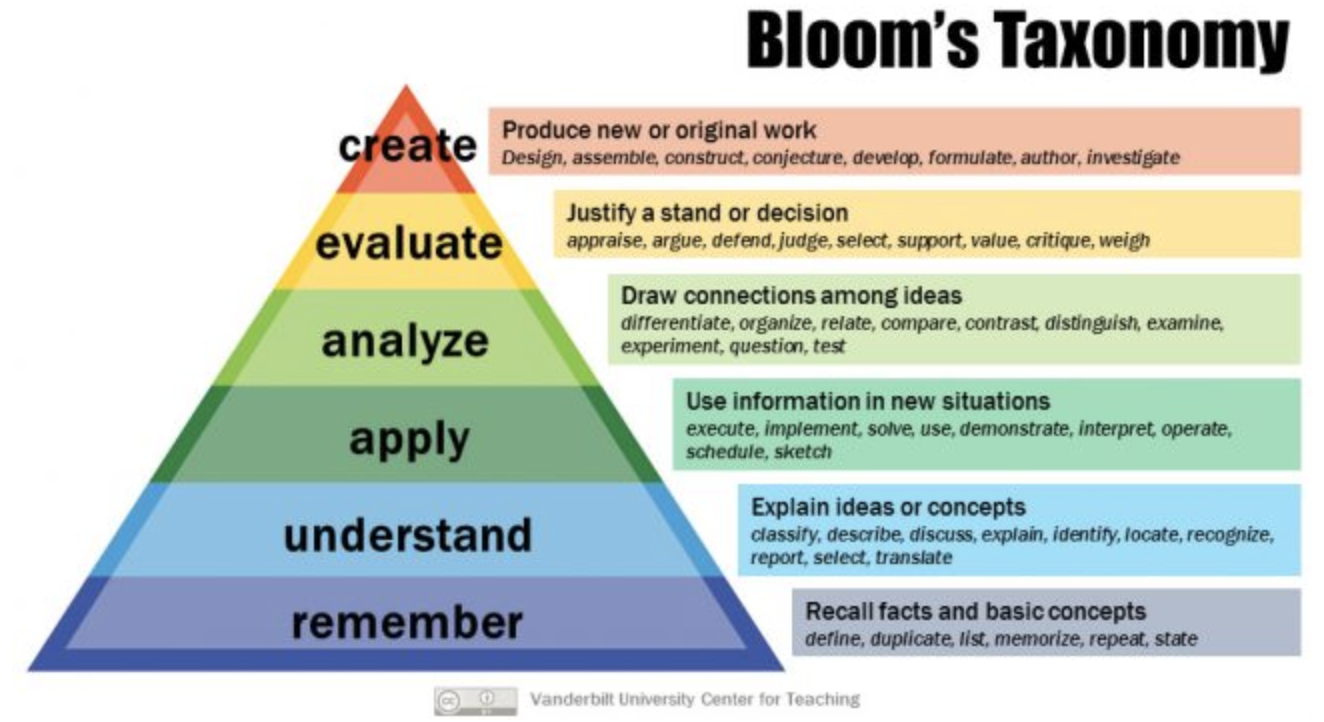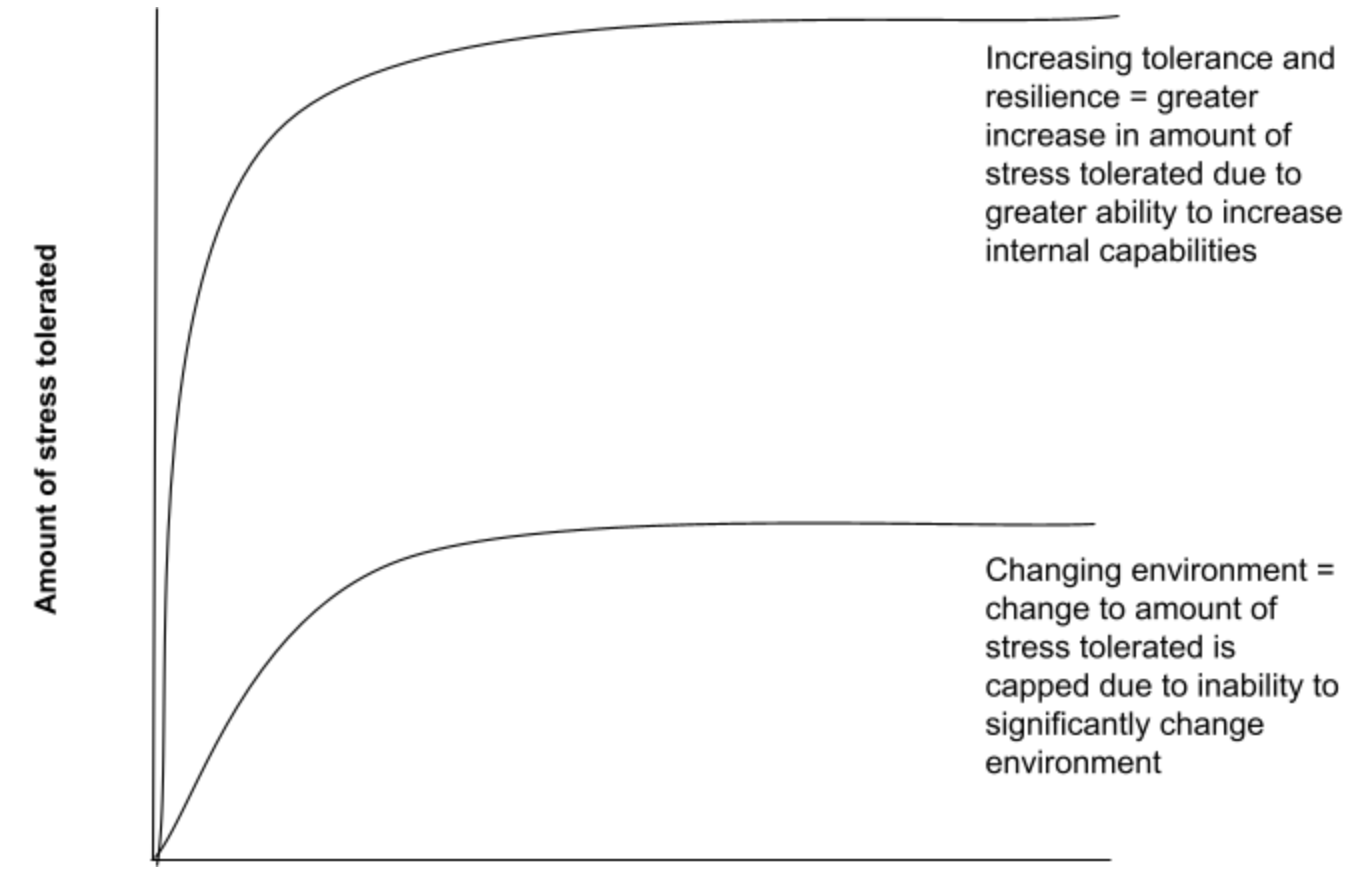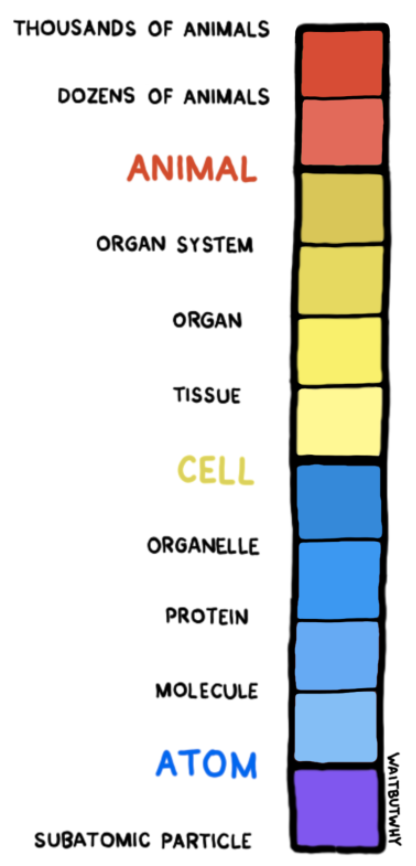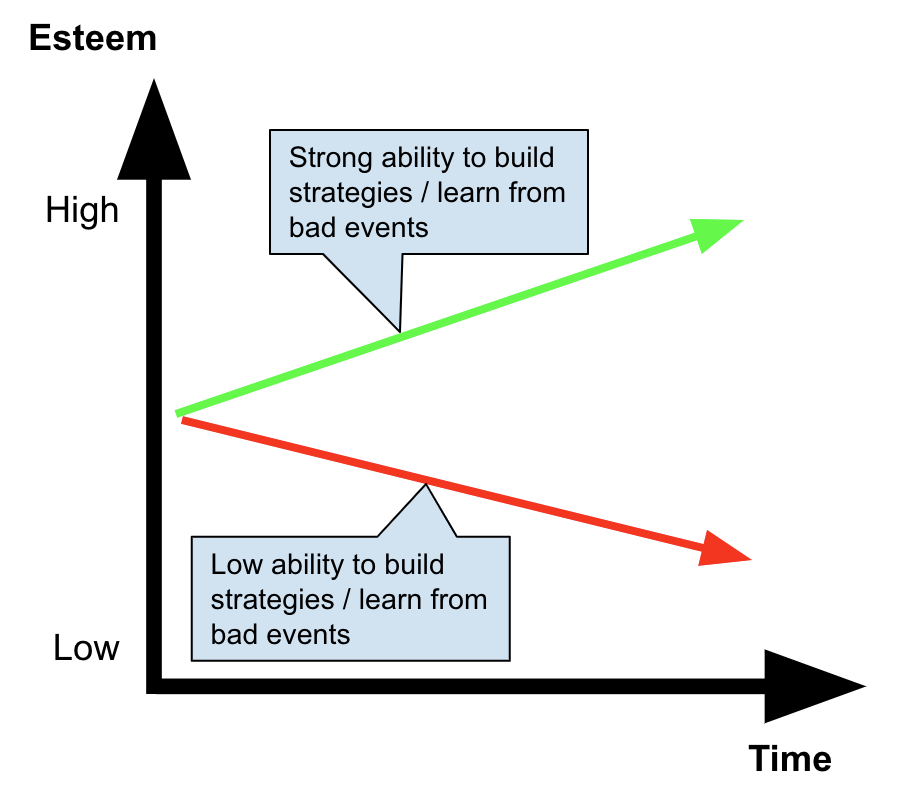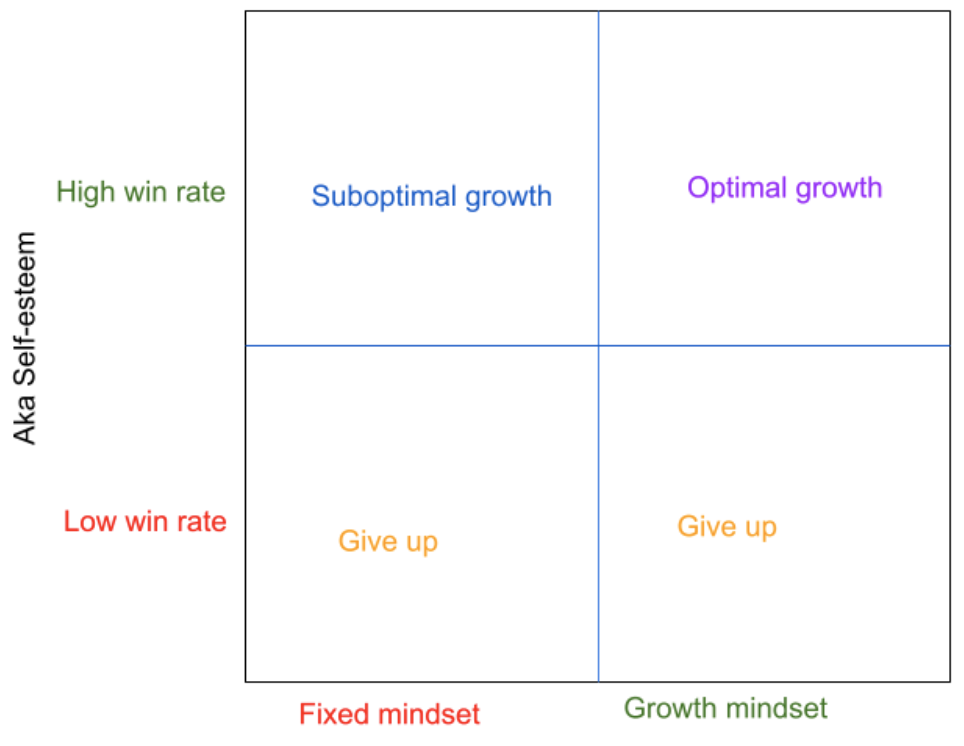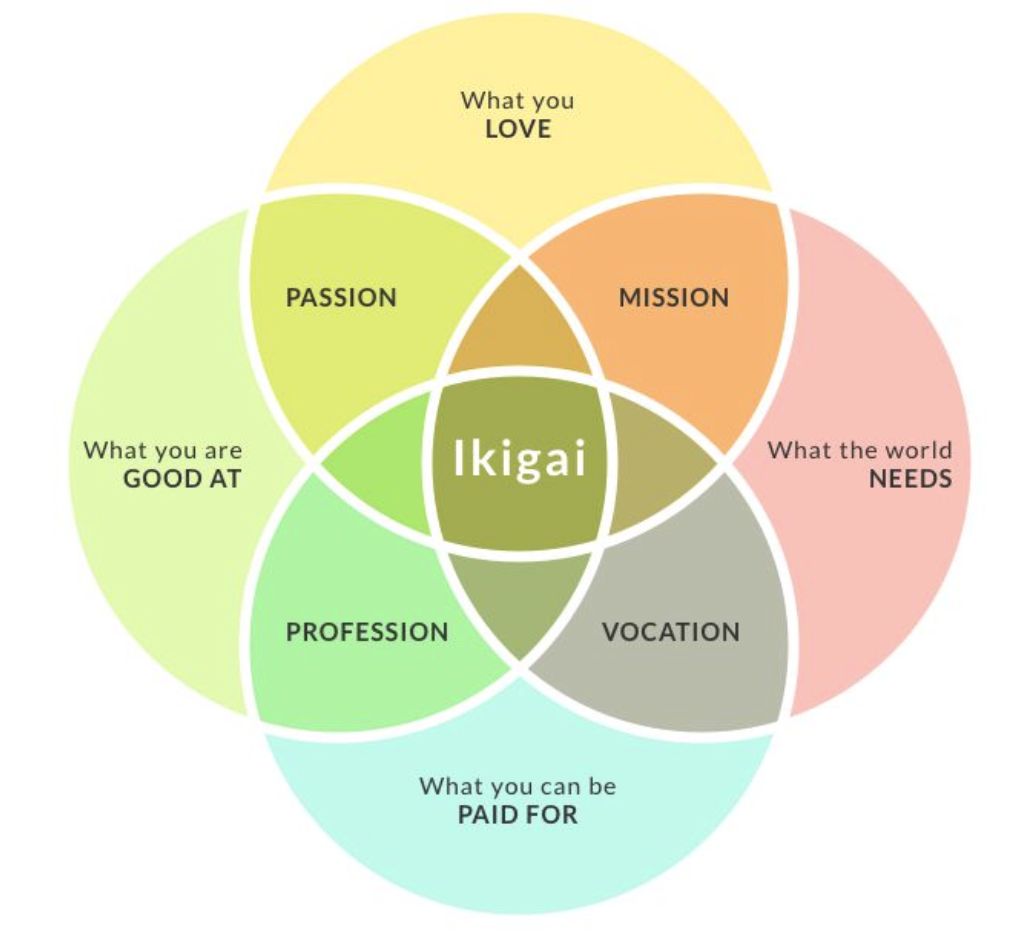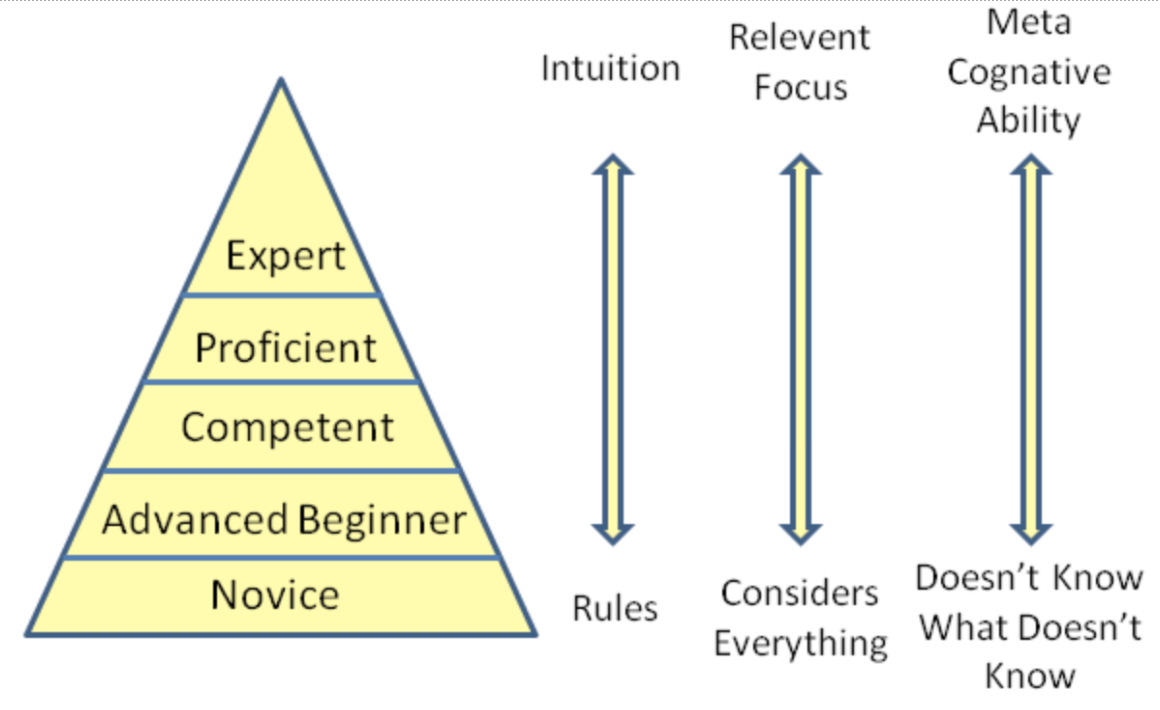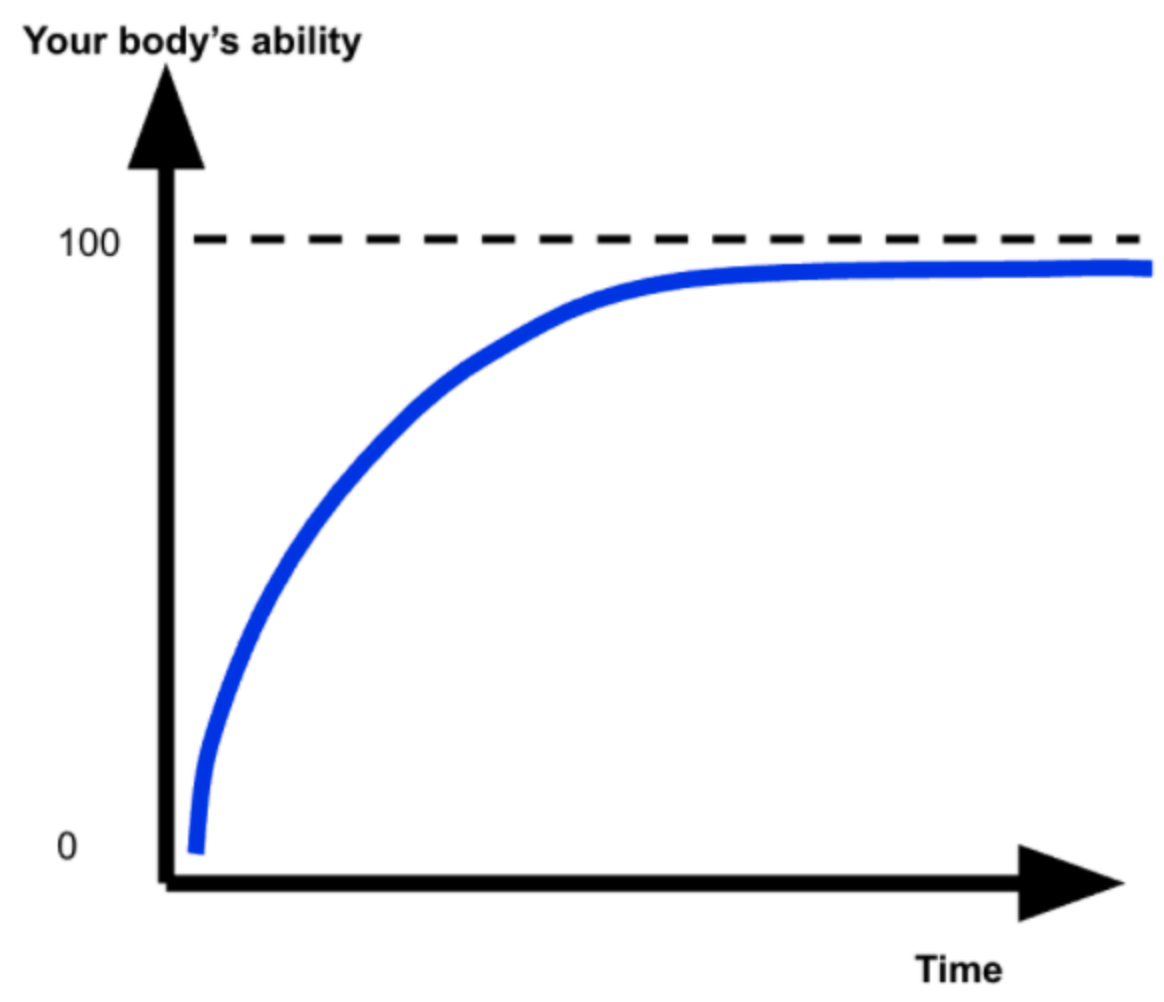Product innovation ability: innovation is not magic, innovation can be systematic
/By Duncan Anderson. To see all blogs click here.
Reading time: 8 mins
One Sentence Summary: Innovation is the ability to systematically convert random attempts into replicable approaches; a good innovator has a menu of approaches to start problem-solving from
Innovation outcome = 1. Time spent innovating * 2. Systems for innovating
The better you can explain what you have done, the better I find you understand what you have done. In the beginning innovation was random / luck… but by slowly trying to explain how things happened after the fact has allowed me to start to see patterns.
Patterns can be turned into repeatable approaches meaning what goes from close to pure luck can turn into consistent innovation! In other words, innovation comes from converting trial and error, via metacognition, into usable strategies
Analogy: Innovation can be thought of as the process of converting unknown unknowns (don’t know what or how to do) into known unknowns (known approaches to figure out unknown solutions)
Innovation outcome taxonomy:
L0: no time spent trying, just hope you have ideas incidentally
L1: time spent innovating but the approach is random - small and infrequent innovation
L2: time spent innovating but you have only one approach - medium and semi frequent innovation
L3: time spent innovating and you have multiple approaches that you layer together - large and frequent innovation
"Ideas are like rabbits. You get a couple and learn how to handle them, and pretty soon you have a dozen." - John Steinbeck
Jingle: want to get lucky, get systematic at innovation!
Below are some frameworks that I find helpful for part of my approaches to innovation.
++++++++++++++
Details
From things others ask for => things you find from others => things you make up!
Taxonomy
L1: just a list of things people ask for
L2: pushing back on some of the list people ask for as some are not helpful
L3: L2 + incorporating ideas from others that make sense, eg from other products, academic research
L4: L3 + making up new ideas yourself
L5: L4 + making up new schools of thought that allow new ideas (eg infinite vs finite knowledge)
L6: L5 + building 'pictures, not looking at pieces' so that you can balance in a positive sum way many ideas.
Comment
In the early days of Edrolo IMO it was more L1 / L2
I think we are now doing significant amounts of L5 / L6… but also definitely L2 and L3 as well!
Good innovation is being able to do L2-L6 well?
Knowing about knowns and unknowns
Taxonomy:
L0: known problem, known solution
L1: known problem, unknown solution
L2: unknown problem and therefore unknown solution
Comment:
Hard to build ⇔ Easy to build
Some solutions are hard to build, eg cure cancer. I find the main “L0: known problem, known solution” left are because they are super hard to build.
However sometimes “L2: unknown problem and therefore unknown solution” are easy to build.
For me, finding an unknown problem and making a solution is some of the best most fun going around!
IMO we are now doing a bunch of L2 at Edrolo.
Quantitative vs Qualitative vs Intuition
Quantitative = look at the metrics of your product and / or external academic research and then deduce an idea from this of how to improve things. For example, in your onboarding you have a large drop from ‘acquisition to activation’, what should you do about this?
Qualitative = speak to users and figure out ideas from them.
Here you can use the taxonomy above:
L0: known problem, known solution
L1: known problem, unknown solution
L2: unknown problem and therefore unknown solution
Most of the time answers are not handed to you AKA “L0: known problem, known solution”, you have to work with the raw ingredients someone is saying and try and zero in on and then solve for “L1: known problem, unknown solution” OR “L2: unknown problem and therefore unknown solution”
Intuition = out of your own mind you come up with new ideas
I find there are systematic approaches to this as well. I don’t find there is one approach, but one can definitely do better than just hoping.
One approach I use is this problem solving framework I made up:
Step 1: define the Job To Be Done
Step 2: MECE the Job To Be Done
Step 3: sequentially screen (put in order from first to last the pieces from your MECE)
Step 4: build a model of your MECE, likely in an equation (link)
Step 5: crunch some real world scenarios through your model to see how it performs
Step 6: synthesize
Another approach:
Build 3-5x complimentary lenses to try and rate (see what is good, see any ego distortions you might have, see any blind spots you might have) what you have done.
Examples of lenses:
First principles outcome for learning
UX - how easy is this to use
Sales message lens - how do you explain this in one sentence
Overton window - what will others see and will they get it on 1st impression and want to use
Vs other products - explain the key way you are different to existing solutions
Treasure Taxonomy - extracting treasure not trash from conversations and products
Taxonomy
Level 1: summary - verbatim = just writing down what happened
Level 2: summary - key points = being able to extract the key points and articulate them in a significantly shorter manner.
Level 3: synthesis - key point push back = you will disagree with part of an problem space solution / article / conversation AND have a reason why. No reason no disagreement!
Level 4: synthesis - internal joining = you can take two components of the problem space / article / conversation and join them together to create something new.
Level 5: synthesis - external ingredient = join an ingredient from the problem space / article with an external component to create new knowledge
Level 6: create a model - internal joining = join pieces together into a new meta story
Level 7: create a model - external ingredients = joining what is in the problem space / article with external ingredients into a cohesive structure/ recipe
Level 8: Heston Blumenthal - joining multiple recipes (models) together into epic scrumptiousness!
Comment:
“You do not learn from your experiences, you learn from reflecting on your experiences.” John Dewy
In some respects I feel you do not learn from talking to someone, you learn from trying to be able to observe your and the other parties metacognition (ie why are they saying what they are saying) ideally really time. This is ‘real time reflection on your experiences’.
Then you can try to discuss not just output but metacognition and that by attempting to illuminate this layer I find many other ideas come out!
Pace of innovation = 1. Quantity (how often you generate innovation) * 2. Quality (size of innovation)
“The only barrier to entry is the pace of innovation.” Elon Musk
You need to get better at 1. Quantity and 2. Quality constantly!
Magnitude of innovation
L1: one off win
L2: every now and then
L3: consistent but linear
L4: exponential growth = building and being able to use multiple different approaches to innovate simultaneously
Comment
This blog is an attempt to lay out some innovation frameworks that will hopefully help me try to layer them together real time when I’m talking to someone, looking at another product or building a product.
Over time I believe I’ve gotten significantly better at quantity and quality of innovation.
There are no lightbulb moments. There are however earned secrets.
Lightbulb moment = a point of searing insight where you all of a sudden get a large break through
Time needed = None / very little. You have a sudden large breakthrough.
Knowledge about problem space required = Low.
Improvement of solution over existing outcome = Large.
Earned secret = where you put in the work to learn about an area and slowly over time small incremental advances present themselves to you through extended analysis that over time accumulate to be a ‘large breakthrough’ over the existing solution.
Time needed = Large. Eg years.
Knowledge about problem space required = High. All else the more knowledge you have (aka the more ingredients you have) the more new recipes you can create.
Improvement of solution over existing outcome = Small for each individual gain. However what happens is that you have many small wins that added together come to a large improvement over existing solutions. So when you launch a product it looks like a ‘large improvement’ and people might think that you had this one sering insight that made the product, but the product is really the outcome of years of small cumulative wins.
Innovation Ability = 1. Knowledge ingredients * 2. Recall * 3. Transfer * 4. Model Ability * 5. Communication
Have a read of the blog link above if you want more. I don’t have the energy to try and summarise it right now!
Innovation at different levels of the stack creates emergent opportunities
If you are struggling to come up with new solutions try operating at a different level of the stack, ie zoom in or zoom out.
Taxonomy:
L1: the end product - eg a lesson, eg a tesla
L2: the design (recipe) of the lesson so you know what you made and it’s repeatable
L3: the machine (factory) that can make the lesson at high quality at scale (even if each lesson is custom)
L4: the code the factor runs on, eg the language used. Tesla build a custom programming language for their self driving chip. Edrolo is building custom language to explain how we make content. I find making language so much fun!
Comment
I find you often start off getting better at only one level of the stack. Which level is normally random. But if you don’t move into innovating at multiple levels of the stack then you’ll likely severely handicap what you can do.
IMO try to improve at all levels of the stack.
Science vs Engineering vs Design vs Art
Taxonomy - from Neri Oxman
DA rearticulation:
Science => creating new code, language, concepts (eg infinite vs finite knowledge)
Engineering => using the new tools from science to design new emergent solution (eg for a science lesson)
Design => building the designs at scale (eg the machine to make lessons)
Art => having UX be epic (eg the best looking and easiest to use product as well as systems for user testing)
Comment
Ideally one is hard core innovating at all levels.
This is a rearticulation of the innovation levels above.
If you only take away one thing
I literally just wrote all these frameworks out as fast as I could type. I think 5 years ago I don’t think I could have written any of them.
Some are my own creations, some adaptations from others, some just straight taken from others.
I spend way more time trying to innovate than I did 5 years ago.
I use way more frameworks to innovate than I did 5 years ago (not hard to use more than basically none).
I’m slowly able to make more and more frameworks for innovating.
I find innovation is fun. That innovation is not dumb (...luck).



